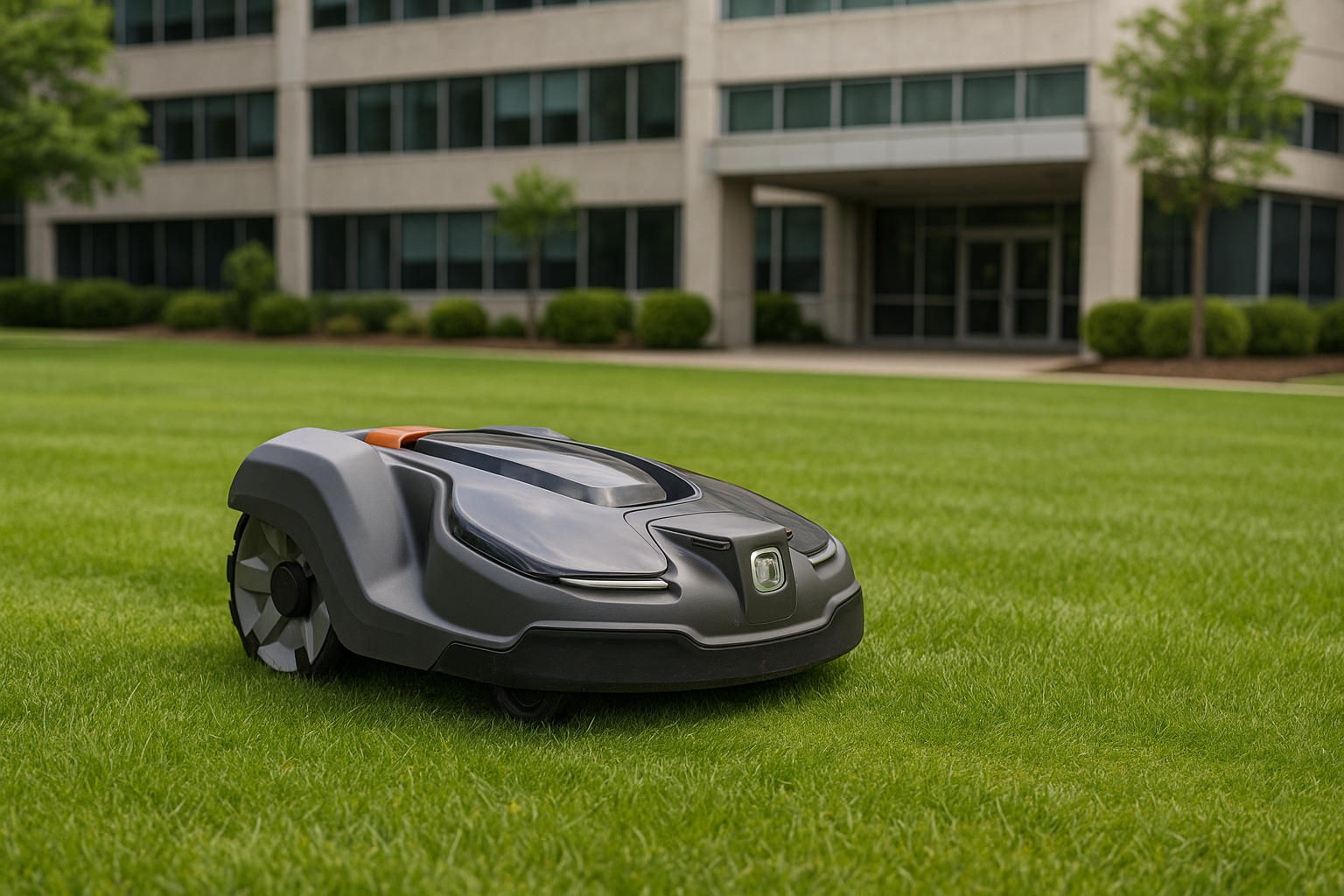
The Impact Of Autonomous Lawn Mowers In Commercial Settings

The adoption of autonomous lawn mowers in commercial settings is revolutionizing the landscaping industry, driven by technological advancements and economic necessity.
From Residential to Commercial: The Evolution of Autonomous Mowers
The rise of autonomous lawn mowers in residential settings has been notable, transforming weekend chores into a seamless, automated process. However, the focus is now shifting towards commercial applications, where the scale and impact of these machines are proving to be truly transformative for businesses.
Commercial entities such as golf courses, corporate campuses, and public parks are increasingly adopting autonomous mowers to address operational challenges and enhance efficiency. The shift from residential to commercial use marks a significant evolution in the landscape maintenance industry, driven by the need for innovation and economic efficiency.
Addressing Labor Shortages and Operational Costs
One of the primary reasons commercial entities are turning to autonomous lawn mowers is to address persistent labor shortages and rising operational costs. The landscaping industry has long struggled with finding and retaining skilled labor, a challenge that is exacerbated by seasonal fluctuations and increasing wage demands.
Autonomous mowers act as a 'labor multiplier,' enabling a smaller workforce to manage larger areas with consistent quality. This reduces the dependency on seasonal hiring and training, leading to substantial long-term savings. By automating routine mowing tasks, businesses can reallocate human resources to more specialized and higher-value activities, thereby optimizing overall productivity.
Technological Innovations Driving Commercial Adoption
Technological advancements have been pivotal in making autonomous mowers viable for commercial use. For instance, the Husqvarna CEORA, which can manage up to 18 acres, utilizes EPOS (RTK-GNSS) technology for precise, wire-free operation. This allows for systematic and efficient mowing patterns, ensuring consistent turf quality across large areas.
Another notable example is the Exmark Turf Tracer with XiQ, which enhances efficiency through supervised autonomy. These mowers are equipped with advanced GPS tracking, geofencing, and remote monitoring capabilities, facilitated by digital fleet management platforms like Husqvarna Fleet Services. These platforms offer functionalities such as theft prevention, maintenance alerts, and data analytics, often included free with hardware purchase, making fleet management seamless and efficient.
Real-World Applications and Success Stories
Autonomous mowers are already making a significant impact in various commercial settings. Golf courses benefit from the consistent, high-quality cuts provided by mowers like the Husqvarna CEORA, enhancing the playing experience and reducing noise pollution. Sports fields and corporate campuses also leverage these machines to maintain large areas efficiently and sustainably.
Public parks and large estates enjoy the environmental benefits of reduced emissions and noise, while solar farms use autonomous mowers to maintain grounds without disturbing delicate installations. These real-world applications underscore the versatility and effectiveness of autonomous mowing technology in diverse commercial landscapes.
The Future of Commercial Landscaping: Efficiency and Sustainability
The future of commercial landscaping lies in the continued adoption of autonomous mowing technology, which promises greater efficiency and sustainability. These mowers not only reduce labor costs and operational overhead but also contribute to environmental goals by minimizing emissions and noise pollution.
As technology advances, we can expect further innovations in AI and sensor fusion, leading to even more reliable and intelligent systems. The integration of multi-functional platforms will also expand the capabilities of these machines, making them indispensable tools for year-round landscape maintenance. The transformative potential of autonomous mowers is clear, heralding a more efficient, sustainable, and technologically advanced future for the industry.

